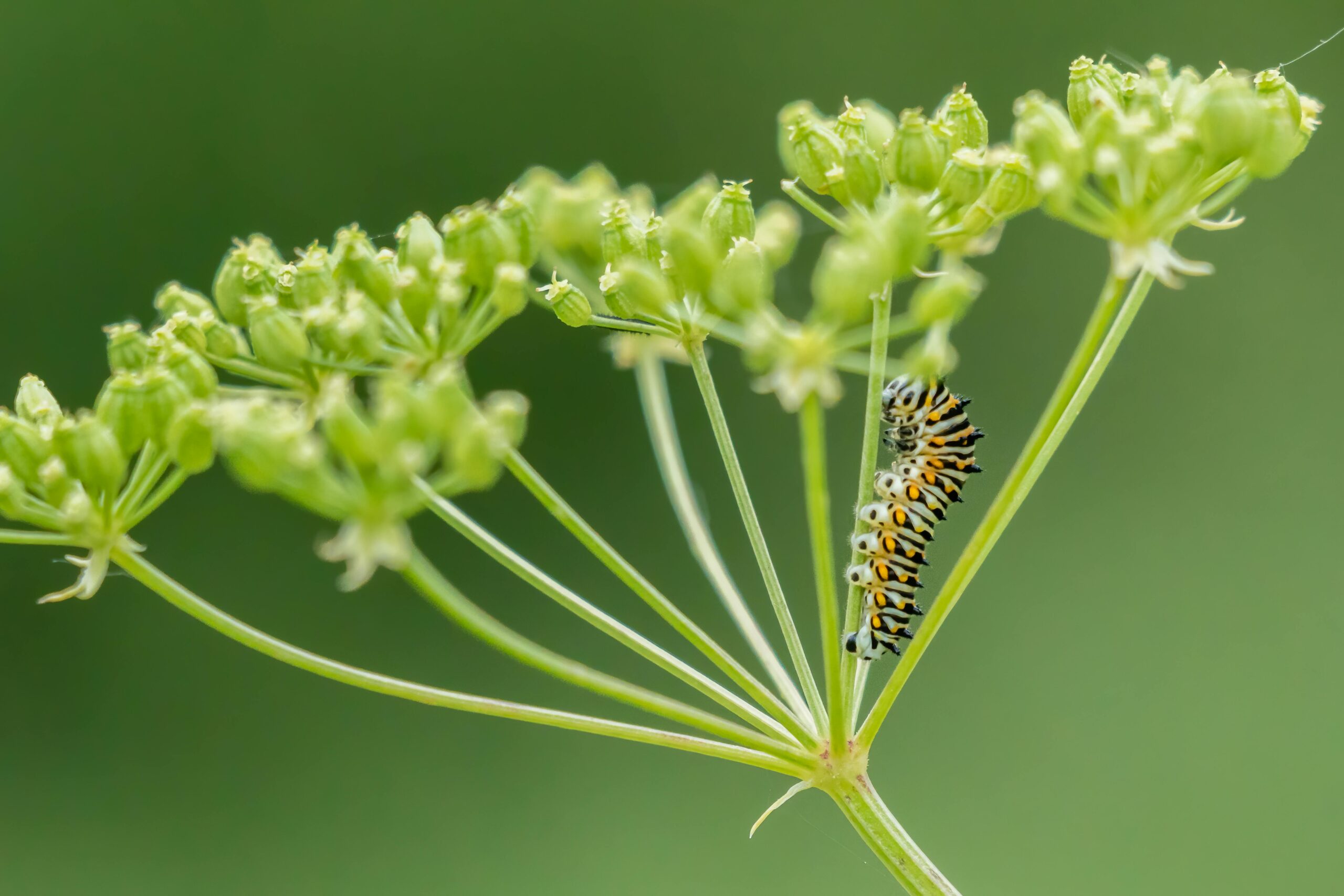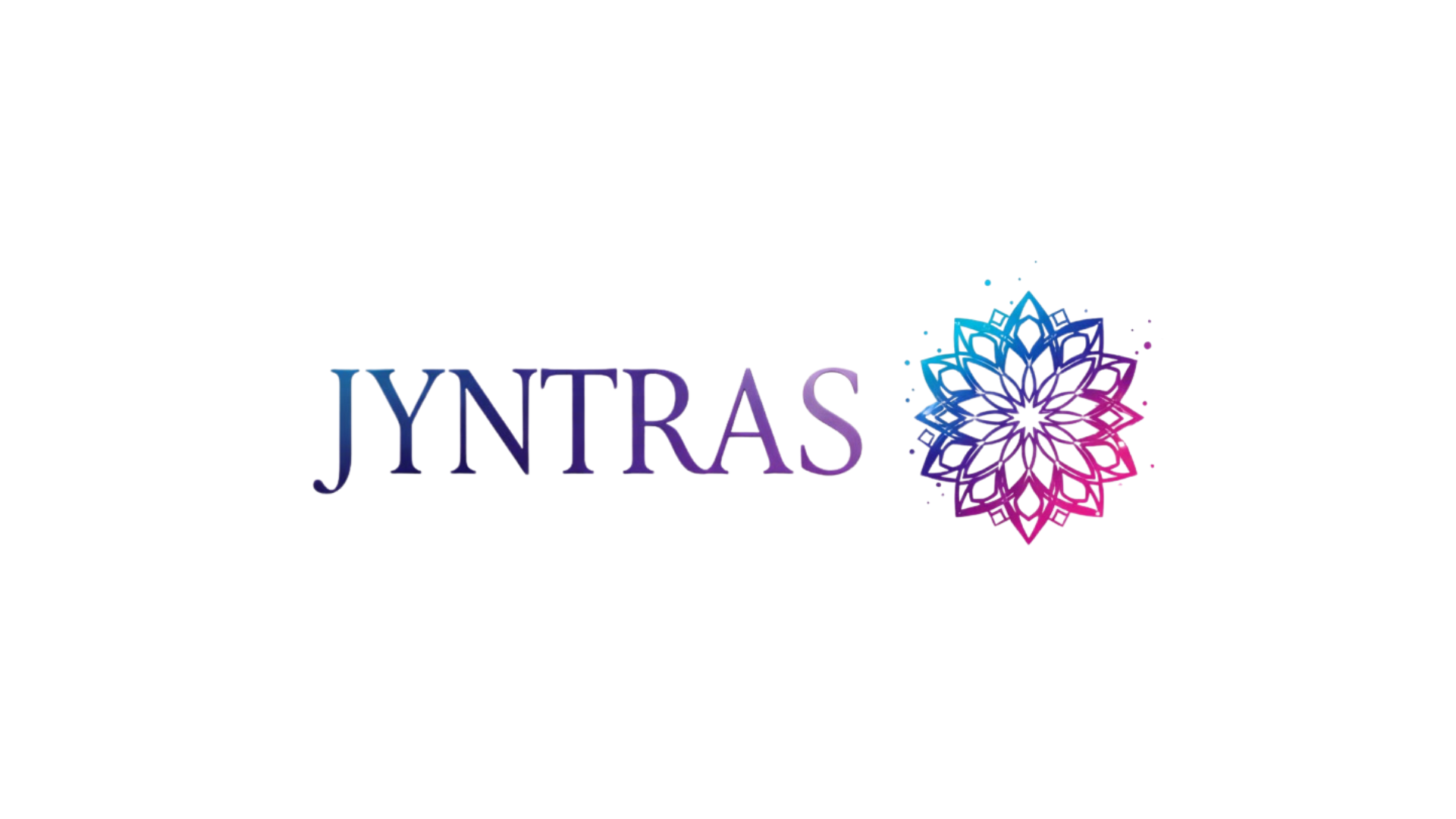The intersection of quantum mechanics and biology unveils profound secrets about consciousness, revealing how the smallest particles may influence our awareness and cognitive experiences. 🧠✨
For decades, scientists have explored the boundaries between physics and biology, seeking answers to one of humanity’s most enduring questions: what is consciousness? Recent discoveries in quantum biology suggest that the mysterious properties of quantum mechanics—superposition, entanglement, and tunneling—might play fundamental roles in biological processes, including the emergence of awareness itself.
This revolutionary field challenges our conventional understanding of how life operates at the molecular level. While classical biology has explained many mechanisms through chemical reactions and electrical signals, quantum biology proposes that nature harnesses quantum phenomena to achieve remarkable efficiency in processes ranging from photosynthesis to bird navigation, and potentially, human consciousness.
🔬 The Quantum Foundation of Life’s Mysteries
Quantum biology emerged as a legitimate scientific discipline in the early 21st century, though its theoretical foundations were laid decades earlier. The field examines how quantum mechanical effects influence biological systems, despite the warm, wet, and noisy conditions of living organisms—environments traditionally thought hostile to delicate quantum states.
The fundamental question that drives this research is deceptively simple: can quantum effects persist long enough in biological systems to have functional significance? The answer, increasingly, appears to be yes. Researchers have documented quantum coherence lasting surprisingly long periods in biological molecules, challenging previous assumptions about quantum fragility in living systems.
Photosynthesis provides one of the most compelling examples. Light-harvesting complexes in plants and bacteria transfer energy with nearly 100% efficiency—a feat that classical physics struggles to explain. Quantum coherence allows energy to explore multiple pathways simultaneously, finding the optimal route almost instantaneously. This discovery opened scientific minds to the possibility that evolution might have harnessed quantum mechanics billions of years ago.
⚛️ Quantum Mechanisms in Neural Architecture
The human brain contains approximately 86 billion neurons, each forming thousands of connections called synapses. Traditional neuroscience views consciousness as emerging from classical electrochemical signaling between these neurons. However, quantum biology suggests something far more intricate occurs within the brain’s microarchitecture.
Microtubules—cylindrical protein structures inside neurons—have attracted particular attention from quantum consciousness researchers. These tiny cellular components maintain cell structure and transport molecules, but they may serve an additional, more mysterious function. The ordered arrangement of tubulin proteins in microtubules creates an environment where quantum effects might occur and influence neural processing.
The Orch OR (Orchestrated Objective Reduction) theory, proposed by physicist Roger Penrose and anesthesiologist Stuart Hameroff, suggests that consciousness arises from quantum computations in microtubules. According to this controversial but influential theory, quantum superposition states in tubulin proteins collapse in a non-random manner influenced by fundamental spacetime geometry, generating moments of conscious experience.
The Quantum Coherence Debate
Critics of quantum consciousness theories argue that the brain’s warm temperature and biochemical complexity would destroy quantum coherence too quickly for it to influence neural processing. Quantum states typically require extreme cold or isolation to persist, conditions seemingly incompatible with living tissue.
However, recent research demonstrates that biological systems employ sophisticated mechanisms to protect quantum coherence. Proteins can create sheltered environments that shield quantum processes from environmental interference. Studies on avian magnetoreception—how birds sense Earth’s magnetic field—reveal quantum entanglement persisting in robin retinas at physiological temperatures, contradicting earlier skepticism.
🧬 Quantum Tunneling and Genetic Mutations
Quantum biology’s implications extend beyond consciousness to the very foundation of evolution. Quantum tunneling—where particles pass through energy barriers that classical physics deems impenetrable—may influence genetic mutations, the raw material of evolutionary change.
DNA’s double helix structure relies on hydrogen bonds between base pairs. Protons in these bonds can quantum tunnel between positions, potentially causing spontaneous mutations. While most such changes prove harmful or neutral, occasional beneficial mutations drive evolutionary adaptation. The quantum nature of this process suggests that genetic variation isn’t purely random but influenced by fundamental quantum probabilities.
Research into quantum effects in DNA continues to reveal surprising complexity. Studies indicate that electrons can transfer along DNA strands through quantum tunneling, affecting gene expression and DNA repair mechanisms. This quantum dimension of genetics adds layers of sophistication to our understanding of heredity and molecular biology.
🐦 Nature’s Quantum Sensors: Animal Navigation
Some of nature’s most remarkable navigational abilities appear to rely on quantum mechanics. European robins migrate thousands of miles with extraordinary precision, using Earth’s magnetic field as a compass. The mechanism enabling this feat involves quantum entanglement in specialized proteins called cryptochromes located in the birds’ eyes.
When blue light strikes cryptochrome molecules, it creates pairs of electrons with entangled spins—a purely quantum phenomenon. Earth’s weak magnetic field influences these entangled states differently depending on the bird’s orientation, essentially providing a quantum compass that guides migration routes with remarkable accuracy.
This biological quantum sensor operates at room temperature in a chaotic cellular environment, demonstrating that life has evolved mechanisms to exploit quantum effects reliably. Understanding these natural quantum technologies could inspire revolutionary applications in navigation, sensing, and computing.
💫 The Hard Problem: Quantum Solutions to Consciousness
Philosopher David Chalmers famously articulated the “hard problem” of consciousness: why do physical processes in the brain give rise to subjective experience? Why does it feel like something to be conscious? Classical neuroscience describes neural correlates of consciousness but struggles to explain qualia—the subjective quality of experiences like the redness of red or the painfulness of pain.
Quantum approaches offer potential solutions by introducing fundamental indeterminacy and non-locality into brain function. If consciousness involves quantum processes, it may not reduce entirely to classical computation or information processing. The collapse of quantum superposition states could introduce genuine novelty and free will into neural decision-making, rather than predetermined outcomes following classical laws.
Quantum Entanglement and Unified Experience
One puzzling aspect of consciousness is its unity—despite different brain regions processing vision, sound, touch, and thought, we experience a single, integrated awareness. Classical theories struggle to explain how distributed neural activity creates this unified field of consciousness, often called the “binding problem.”
Quantum entanglement provides a potential mechanism for binding disparate neural processes into unified conscious experience. If quantum states across different brain regions become entangled, they form a single quantum system that cannot be decomposed into independent parts. This quantum wholeness might underlie the seamless unity of conscious experience.
🔭 Experimental Evidence and Methodological Challenges
Testing quantum biology theories, especially regarding consciousness, presents formidable experimental challenges. Detecting quantum effects in living systems requires extraordinary precision and sophisticated techniques. Nevertheless, researchers have made significant progress in recent years.
Spectroscopic studies of photosynthetic bacteria revealed quantum coherence lasting hundreds of femtoseconds—far longer than expected in warm biological environments. Researchers detected quantum beats in light-harvesting complexes, providing direct evidence of quantum superposition in biological function.
Investigating quantum effects in the brain proves even more challenging. The skull blocks most external probes, and any measurement risks destroying the delicate quantum states under investigation. Despite these obstacles, researchers employ increasingly creative approaches, including:
- Using anesthetics to test whether their effectiveness correlates with their ability to disrupt quantum processes in microtubules
- Examining whether isotope substitutions in neurotransmitters (which shouldn’t affect classical chemistry but would affect quantum tunneling rates) influence neural function
- Developing non-invasive imaging techniques sensitive enough to detect potential quantum signatures in living brains
- Creating artificial quantum systems that model proposed biological quantum mechanisms
🌉 Bridging Quantum Physics and Neuroscience
The dialogue between quantum physics and neuroscience remains contentious but increasingly productive. Many neuroscientists remain skeptical of quantum consciousness theories, viewing them as unnecessary complications when classical neural computation appears sufficient to explain brain function.
However, persistent puzzles in neuroscience—including the nature of anesthesia, the speed of cognitive processing, and the unity of conscious experience—keep quantum hypotheses alive. Anesthesia particularly intrigues researchers because diverse molecules with little chemical similarity all suppress consciousness, suggesting they might share a common quantum mechanical target rather than specific classical binding sites.
The integration of quantum biology into mainstream neuroscience requires developing new theoretical frameworks that bridge different scales of organization. Consciousness likely emerges from complex interactions across multiple levels—quantum, molecular, cellular, network, and systems—requiring interdisciplinary approaches that honor the insights of both quantum physics and neuroscience.
🚀 Future Directions and Technological Implications
Understanding quantum effects in biology could revolutionize multiple fields. If the brain employs quantum computation, mimicking these mechanisms might enable quantum computers to operate at room temperature, dramatically expanding their practical applications. Nature has had billions of years to evolve quantum technologies; learning from biological solutions could accelerate our technological development.
Medical applications appear particularly promising. If quantum processes influence consciousness and cognition, quantum-targeted therapies might treat neurological disorders more effectively than current approaches. Understanding quantum aspects of anesthesia could lead to safer, more precise ways to modulate consciousness during surgery.
Quantum biology might also inform artificial intelligence development. Current AI systems, despite impressive capabilities, lack genuine understanding or consciousness. If quantum processes prove essential for awareness, truly conscious AI might require quantum substrates rather than classical computers. This possibility raises profound questions about the future relationship between human and machine intelligence.
🌟 Philosophical Implications for Human Identity
The quantum biology of awareness carries profound implications for how we understand ourselves. If consciousness involves quantum processes, we may need to revise fundamental assumptions about human nature, free will, and the mind-body relationship.
Quantum indeterminacy introduces genuine randomness into physical processes, potentially providing space for free will that deterministic classical physics cannot accommodate. If our decisions involve quantum processes, they might not be entirely predetermined by prior physical states, though neither are they completely free from physical influence.
The quantum perspective also challenges strict materialism. While quantum consciousness theories remain firmly physical, they suggest that consciousness involves fundamental features of reality—quantum mechanics—rather than being merely an emergent property of complex classical computation. This view positions consciousness closer to the foundation of nature than reductionist approaches typically allow.

🔮 Unlocking Awareness: What We’ve Learned
The quantum biology of awareness represents one of science’s most exciting frontiers, bridging the smallest scales of physics with the most profound aspects of human experience. While many questions remain unanswered, and some proposals remain speculative, the field has matured from fringe speculation to legitimate scientific inquiry.
We’ve learned that quantum effects persist in biological systems far more robustly than previously thought possible. Nature has evolved mechanisms to harness quantum phenomena for functional purposes, from energy transfer in photosynthesis to navigation in birds. The brain’s sophisticated architecture creates environments where quantum processes might influence neural function and contribute to consciousness.
Most importantly, quantum biology reminds us that life operates at the boundary between classical and quantum worlds, exploiting the best features of both. Understanding this quantum dimension of biology doesn’t diminish the wonder of consciousness—it deepens it, revealing that awareness may be woven into nature’s fundamental fabric in ways we’re only beginning to comprehend.
The mysteries of consciousness continue to challenge our understanding, but quantum biology provides new tools and perspectives for investigating these profound questions. As experimental techniques advance and theoretical frameworks mature, we move closer to unlocking the quantum secrets of awareness, potentially transforming our understanding of mind, life, and reality itself.
Toni Santos is a deep-biology researcher and conscious-evolution writer exploring how genes, microbes and synthetic life inform the future of awareness and adaptation. Through his investigations into bioinformatics, microbiome intelligence and engineered living systems, Toni examines how life itself becomes a field of awakening, design and possibility. Passionate about consciousness in biology and the evolution of living systems, Toni focuses on how life’s architecture invites insight, coherence and transformation. His work highlights the convergence of science, philosophy and emergent life — guiding readers toward a deeper encounter with their living world. Blending genetics, systems biology and evolutionary philosophy, Toni writes about the future of living systems — helping readers understand how life evolves through awareness, integration and design. His work is a tribute to: The intertwining of biology, consciousness and evolution The emergence of microbial intelligence within and around us The vision of life as designed, adaptive and self-aware Whether you are a scientist, thinker or evolving being, Toni Santos invites you to explore the biology of tomorrow — one gene, one microbe, one awakening at a time.




